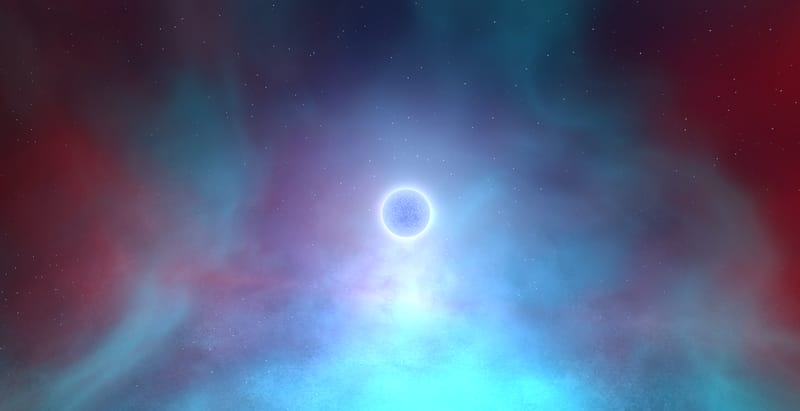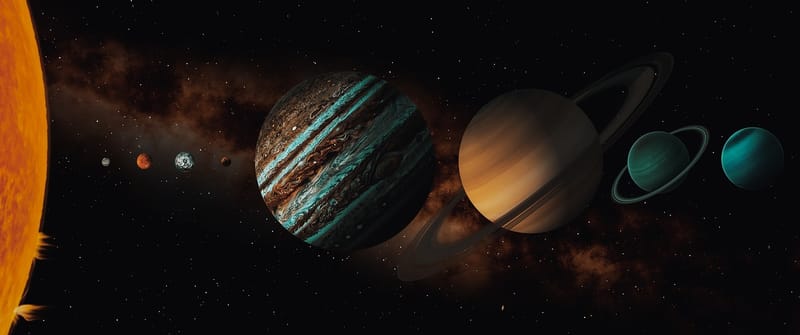Space Travel - Part 1
Discover Distant Worlds - Part 1
Welcome to an exciting journey into the cosmos, where we explore distant worlds, marvel at spectacular phenomena, and delve into the mysteries of the universe. In this series of articles, we will take you on a virtual tour of some of the most intriguing celestial bodies and phenomena that exist beyond our own planet.
The Red Planet: Mars
Our first stop is the fourth planet from the Sun - Mars. Named after the Roman god of war, Mars has captivated the human imagination for centuries with its rusty red appearance and potential for supporting life. Scientists have been studying Mars for decades, uncovering evidence of ancient water flows and even the possibility of microbial life.

With its striking surface features, including the largest volcano in the solar system - Olympus Mons, and a vast canyon system known as Valles Marineris, Mars offers a glimpse into the planet's turbulent past. The ongoing exploration missions by rovers like Curiosity and Perseverance continue to reveal new insights into the planet's geology and potential habitability.
The Giant Among Giants: Jupiter
Next on our cosmic tour is the largest planet in our solar system - Jupiter. Known for its mesmerizing bands of clouds and the iconic Great Red Spot, Jupiter is a gas giant with an impressive array of moons. Its immense size and powerful magnetic field make it a key player in shaping the dynamics of our solar system.

Jupiter's Galilean moons - Io, Europa, Ganymede, and Callisto, are worlds of their own, each with unique characteristics and potential for hosting liquid oceans beneath their icy surfaces. The Juno spacecraft, currently in orbit around Jupiter, is providing unprecedented insights into the planet's atmosphere, magnetosphere, and interior structure.
Exploring the Unknown
As we continue our journey through the cosmos, we will encounter more fascinating worlds, from the icy moons of Saturn to the enigmatic dwarf planet Pluto. Join us in the upcoming articles as we unravel the wonders of the universe and expand our understanding of the vast expanse beyond Earth.
Stay tuned for the next part of "Discover Distant Worlds" where we will venture into the depths of space and witness the beauty and complexity of our cosmic neighborhood.
